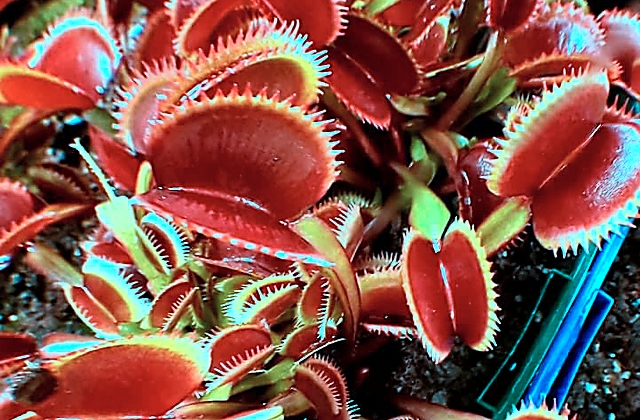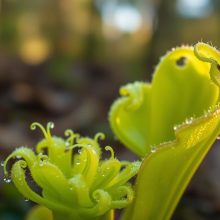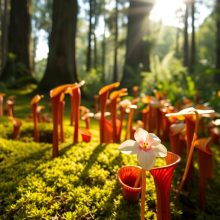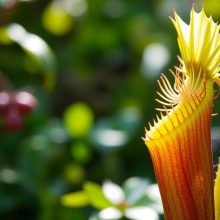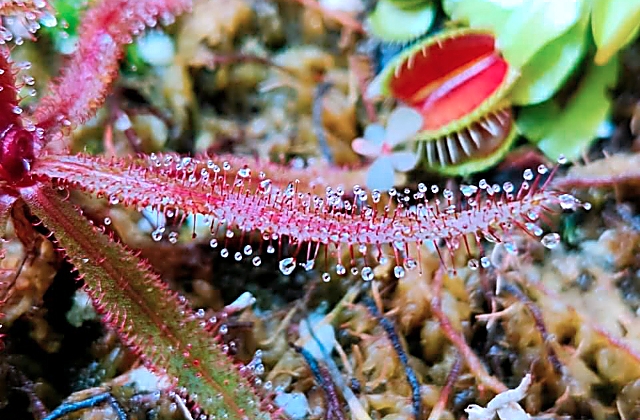Caring For Carnivorous Plants
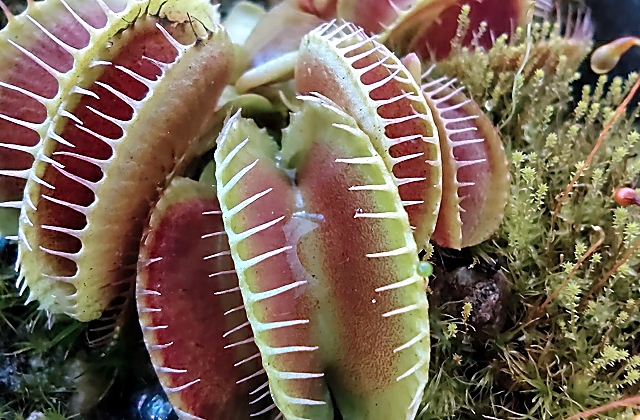
Carnivorous plants are native to bogs and can survive without many nutrients as they catch insects to gather the nitrogen. They attract insects by producing nectar at the rim. When the bugs travel into the plant, the leaves either close and trap the prey like the Venus Flytrap, or they cannot climb back up the slick surface of a pitcher plant. The plants will secrete fluids that will dissolve most of the prey.
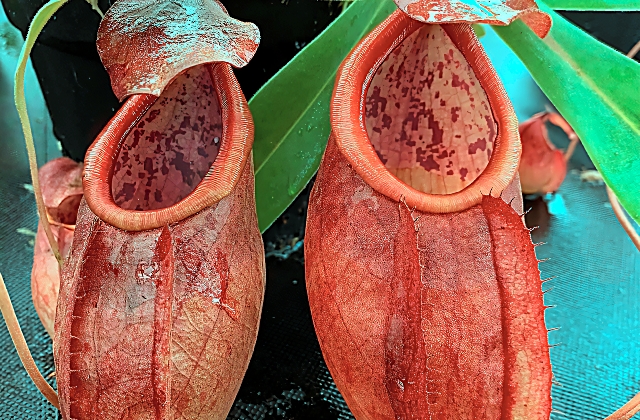
Keep your carnivorous plants in plastic pots and not mixing with other plants as the others can emit minerals.
Use only distilled or rainwater as minerals found in tap water will quickly kill them. To survive well, carnivorous plants will need conditions similar to a bog, which is wet and moist. No matter how pure your water is, and how clean your peat is, eventually you will get some kind of nutrient buildup (peat itself eventually releases nutrients as it degrades over time!), so its recommended to “flush” the bowl from time to time by filling it with water and allowing it to pour out.
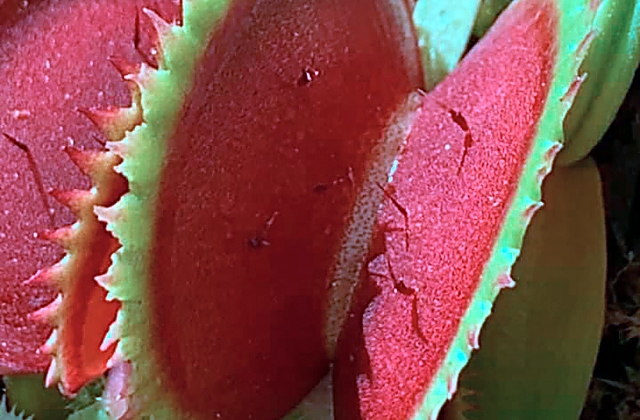
Never put them in shady areas without sunlight as carnivorous plants require a lot of direct sunlight to thrive. It cannot be stressed enough how much extremely strong light is required for these plants. All carnivorous plants, not just the Sarracenia and Venus Flytraps, need very strong light to grow properly and thrive. A simple cheap grow light indoors or being kept on a windowsill will not suffice for the light requirements of these plants. These plants grow under blazing sunlight in the wild, and as a general rule of thumb, these conditions should be replicated.
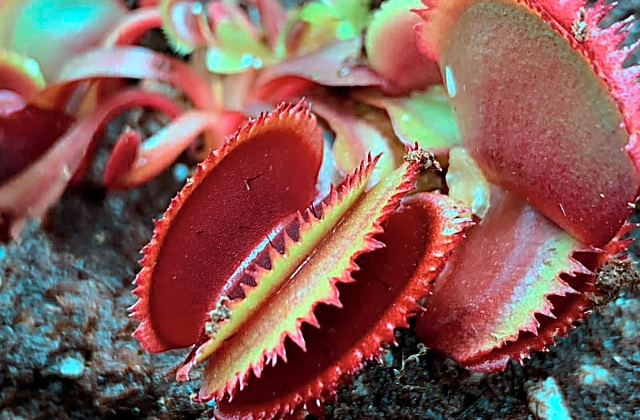
Never play with the leaves as they can open only 4-5 times before dropping. To assist in luring prey to feed them, place old fruit nearby. Do not feed them meat! They are designed to digest insects!
Peat moss needs to be soaked in water before use. Otherwise it will stay very dry. By the way, when done right pest moss alone is not recommended it should be combined with perlite. You should really pre-moisten the peat before putting it anywhere. it’s really hard to get that wet when it’s dry. When it’s that dry, it will actually repel water. If you are having issues pre-moistening peat at first then put a drop or two of normal dish soap in your water to break the surface tension, it will stop the peat from repelling the water.
